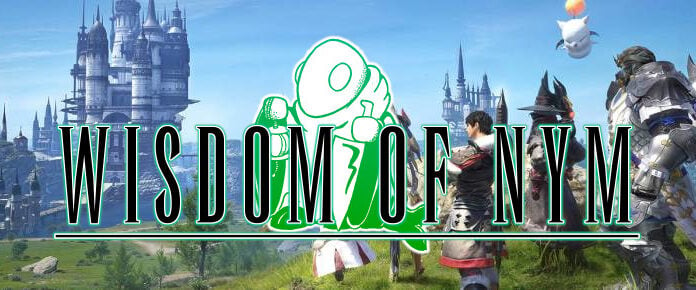
Recently it has been ArenaNet under fire for the particular way randomisation factors into purchasing Guild Wars 2 mount adoption licence skins. A unique combination of a highly requested and anticipated extension of a likewise highly requested and successful new game feature and the employment of lootbox mechanics has caused quite a stir in the game community, despite the fact that Guild Wars 2’s Black Lion Chests already employ RNG lootbox mechanics. In this article, I’m going to discuss why the skins were such an issue in the first place, evaluate ArenaNet’s response to the player outrage the skins caused, and ponder on the reasons why studios rely on lootbox mechanics in the first place.
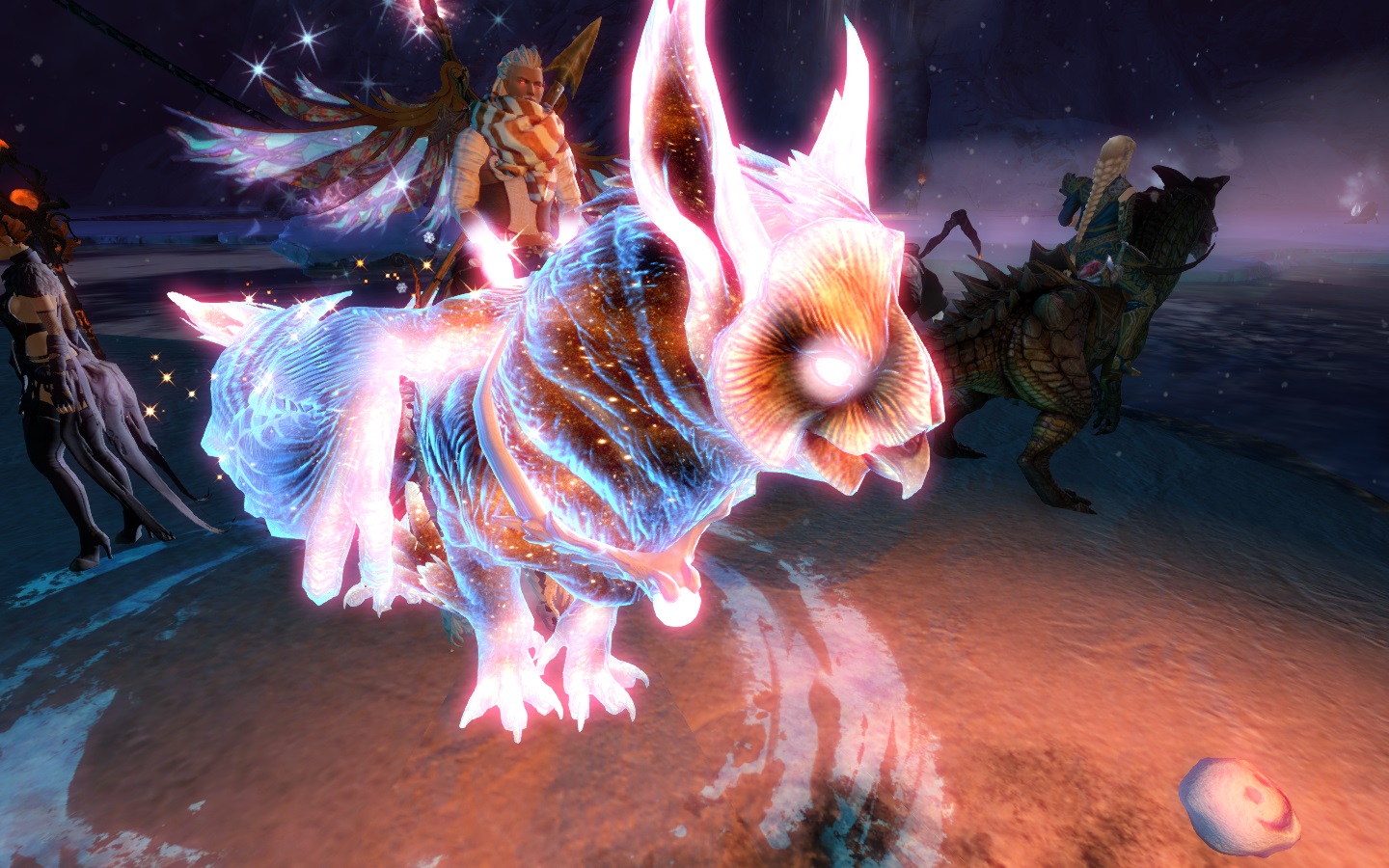 Mount skins and why they matter
Mount skins and why they matter
I’ve already mentioned that mount skins are highly coveted in GW2 but I want to explain why so many players have opted to purchase them even if they don’t support the purchasing mechanics they are locked behind. To understand the mount skin hype is to understand the context in which they were released: Until very recently, mounts were non-existent in GW2 and the highly encouraged (and financially lucrative for ArenaNet) ‘fashion wars’ endgame focused solely on the player character. Less than two short months ago, mounts were introduced in Path of Fire and how players interacted with Tyria changed immeasurably: In such a short span of time, players have gone from trekking between admittedly well-spaced waypoints to refusing to walk more than three paces without mounting up.
Considering how important both paid-for aesthetics and movement mechanics are in a game that prides itself on bringing us novel ways to explore with each expansion, you can quickly imagine that mounts and characters have become inseparable, which causes a slight problem for those who have spent a considerable amount of time and perhaps even real-world money to create the perfect characters. The original mount skin possesses limited dye channels and a uniform look that simply doesn’t gel with the myriad ways you can design a character, and if the mount is on your screen almost as much as the character is, the problem becomes clear.
Skins for the mounts have been requested since their announcement and I have no doubt that the majority of us who requested them have no problem with paying real-world money for them via the gem store, as is evidenced by the largely positive reception to the spooky mount skins at Halloween that cost 1,600 gems, which is around $20. The only complaint was that people wished to purchase the skins individually for each mount type instead of in a pack that covered all mounts, but this caused nowhere near the backlash that the adoption licence would, especially since the team are happy to release special individual mount skins when inspiration for one fits.
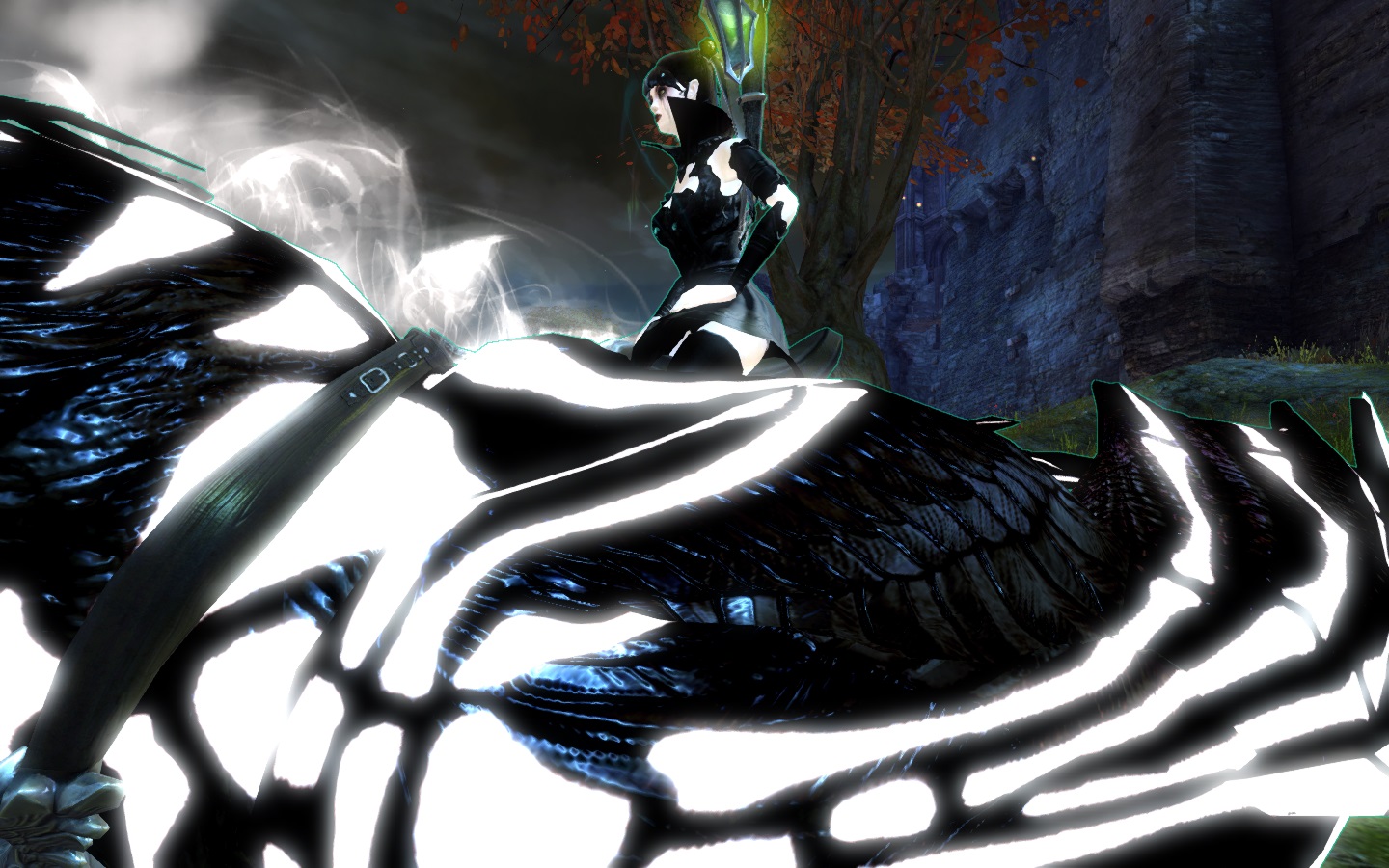 The purchasing mechanics behind the adoption licence
The purchasing mechanics behind the adoption licence
The spooky skin bundle test had been largely positive and had demonstrated the demand for mount skins that are both aesthetically more diverse and feature more dye channels for higher degrees of customisation. The next wave of mount skins, a total of 30 unique looks for specific mounts, was launched in a lootbox dubbed the mount adoption licence, which will grant the purchaser one of the mount skins that he or she has not yet unlocked. The skins are account bound and are not available within the gamespace, and though you could theoretically farm gold to purchase these skins by converting gold to gems, it’s simply not a feasible pursuit for the vast majority of players due to poor rates of exchange between the currencies.
Moving on to cost: each purchase of an adoption licence costs 400 gems, with a small reduction on a purchase of 10 and a 30-pack cost of 9,600 gems, so to unlock all mounts players would be paying $120 (there is no risk of duplicates so the figure is fixed). As with all lootboxes, there is no way to determine which skin a player will receive at the time of purchase and there is no direct or indirect refund system in place for those who receive a skin they cannot use or do not want since skins cannot be sold to other players and cannot be swapped for the equivalent gems either.
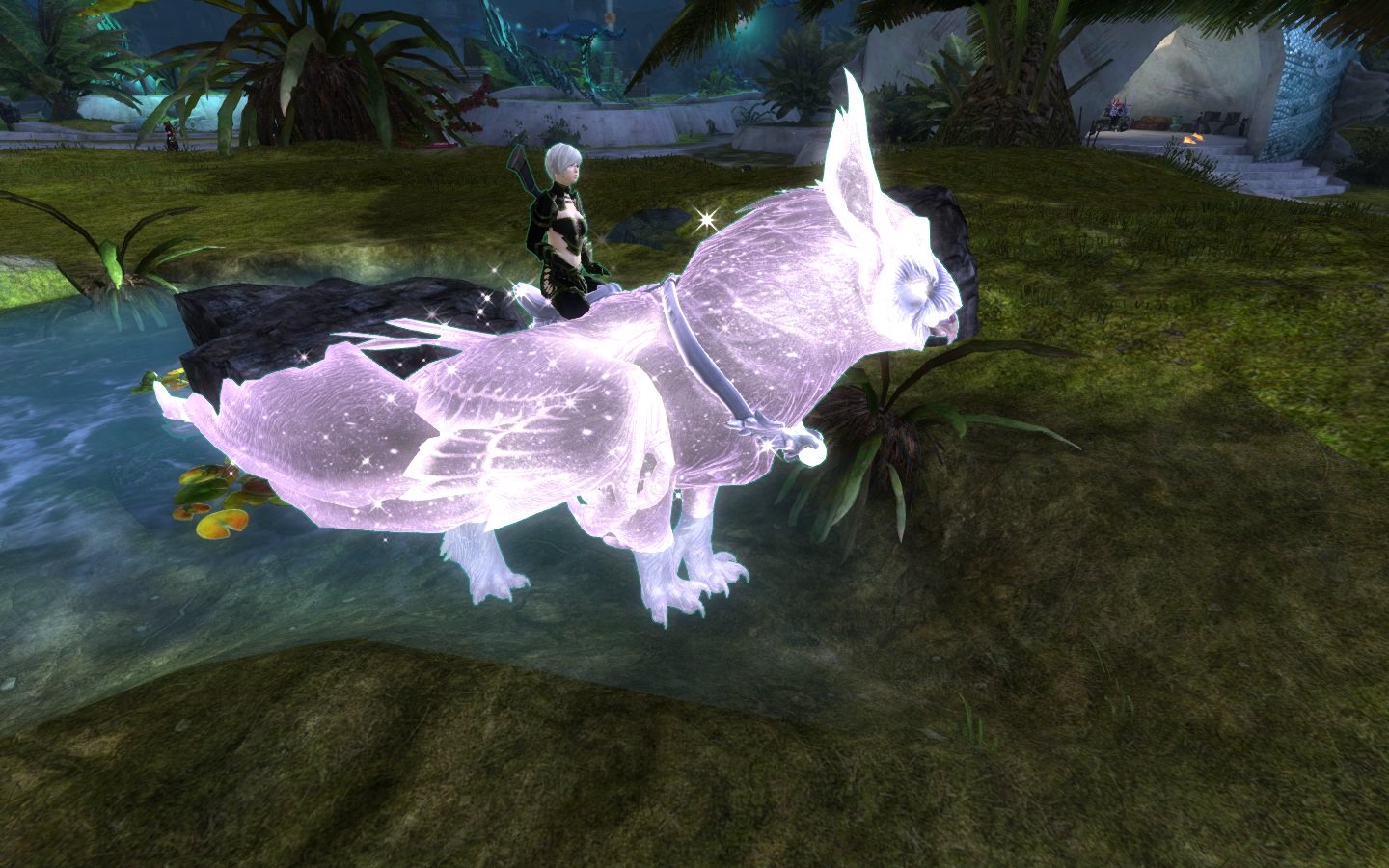 What went wrong?
What went wrong?
For those who do not play the game, I should note that many players have not — and perhaps won’t ever — unlock all the mounts, which means that there is a credible chance for many players to unlock a skin for a mount that is locked behind grind mechanics that they are unlikely to overcome. Creating a separate lootbox for each type of mount would have alleviated this problem and would have been far more palatable to players: We see similar lootbox mechanics existing successfully in the game in the form of dyes of certain sets and Black Lion Chests without the level of backlash seen for mount skins.
Whenever players receive an unwanted yet valuable item in the game, there are usually at least indirect ways to offset its cost: Most will be open to the trading post or will at the very least be salvageable for high-end materials, but this isn’t the case for mount skins. Having to wade through potentially 29 unwanted skins to get the one that is wanted is a hefty financial cost that cannot be softened at all by playing the in-game economy or refunding the duds. ArenaNet has mechanics in place in the game that could help reduce this: How about reforging unwanted account bound skins into different ones using the Mystic Forge, for example, if allowing duplicates but making them tradeable would devalue the gem purchase too heavily?
Finally, ArenaNet has used three different purchasing methods for mount skins in the space of two months and has caused uncertainty around the skins’ longlasting value in the community: Players worried that more mounts could be added to the licence and affect future drop chances, and others mourned the end of the single and bundle sales in favour of the latest purchase method. Smaller bundles of specific mount type would have helped here, though: While I think the range of choice contained within an unidentified dye, for instance, is comparable to the range held in the licence, both the randomised item itself and the dye it results in is also readily tradeable and has a much lower value to the player than a mount skin does.
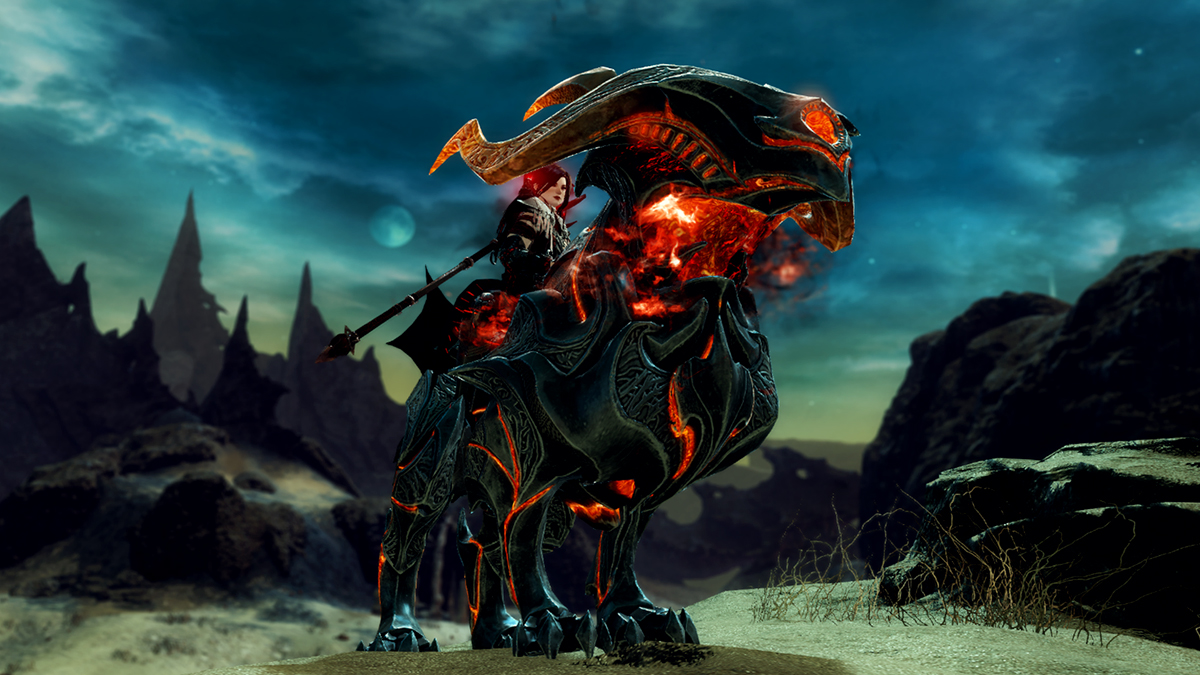 ArenaNet’s response to the fallout
ArenaNet’s response to the fallout
It wasn’t long before the kick-up forced ArenaNet to make a statement about the mount skin lootbox fiasco and that response has caused some ill-feeling as well: Although Mike O’Brien has clearly stated that no additional skins will be added to the licence and that no further licences will be created, there will be no attempt to amend the current licence since so many people have already invested. O’Brien went on to explain that the lootbox mechanics were employed as a way to offer a wide range of general skins to the players without high individual pricetags, but the flaw in this logic to me is that, considering each wanted skin is priced from anywhere between 400 and 9600 gems, it’s all-too simplistic to dub these skins as low cost. ArenaNet might well value each skin equally on a work output level, but any player running around in densely populated areas will understand that the more outlandish skins such as Starbound and Stardust are more highly coveted than the more simplistic Spiketail or Hare variants.
In my mind, I understand that a robust fix would have demolished the team’s resources in an important season launch month, but I still feel as though at least some minor reparations could have been made while still keeping the item on the store, such as a retroactive price reduction that appears in the affected players’ gem stashes paired with a permanent price reduction on the licence for future purchasers. Perhaps the tool could be further modified so that successive licences become subsequently cheaper, incentivising the continued purchase of the licence and reducing the price of the full 30 mounts significantly.
I also believe that players shouldn’t receive skins with no in-game value to them for their hard-earned cash and that the RNG could at least be slightly modified to only include skins for mounts that player has unlocked. That would significantly narrow the potential refund pool if this was to be applied fairly to those who have already purchased and is a change I feel players would be only too happy to wait on. The response offered by O’Brien doesn’t address this issue at all, which is disappointing to those affected as well as to those who refuse to purchase because they have not unlocked all mounts.
 Why bother with RNG and lootboxes anyway?
Why bother with RNG and lootboxes anyway?
There is a strong psychological basis for using RNG in gaming reward mechanics that could (and perhaps will!) form another edition of MMO Mechanics. When randomised reward mechanics are employed correctly, they promote a sense of achievement when the coveted reward is obtained and offer a strong incentive for ongoing play, so you can see where this will fit well into the MMO sector where time played is a ruling factor for developers and their investors. However, high-profile instances of these lootbox mechanics being poorly implemented are smashing players’ tolerance for any sort of randomised purchasing mechanic, and the backlash developers have faced lately is only growing.
Virtually every studio is under some form of pressure to incentivise sales and keep profits steady for the predetermined shelflife of the product they created, but MMOs sit in a rather unique spot with few other genres in that the shelf life of the game is not strongly predetermined and the active playerbase must be incentivised to spend on a regular basis to secure the studio’s ongoing success. Investors, production houses, and directors all strive to increase the profit margin while minimising player drop-off, and this is where the lines blur in many studios and approaches that players find too aggressive are employed. ArenaNet is absolutely not the worst offender in the lootbox spotlight and I don’t believe that the company will opt for such a costly RNG purchasing mechanic again, but nevertheless, there are clear lessons for the team and other MMO developers to take away from mountgate.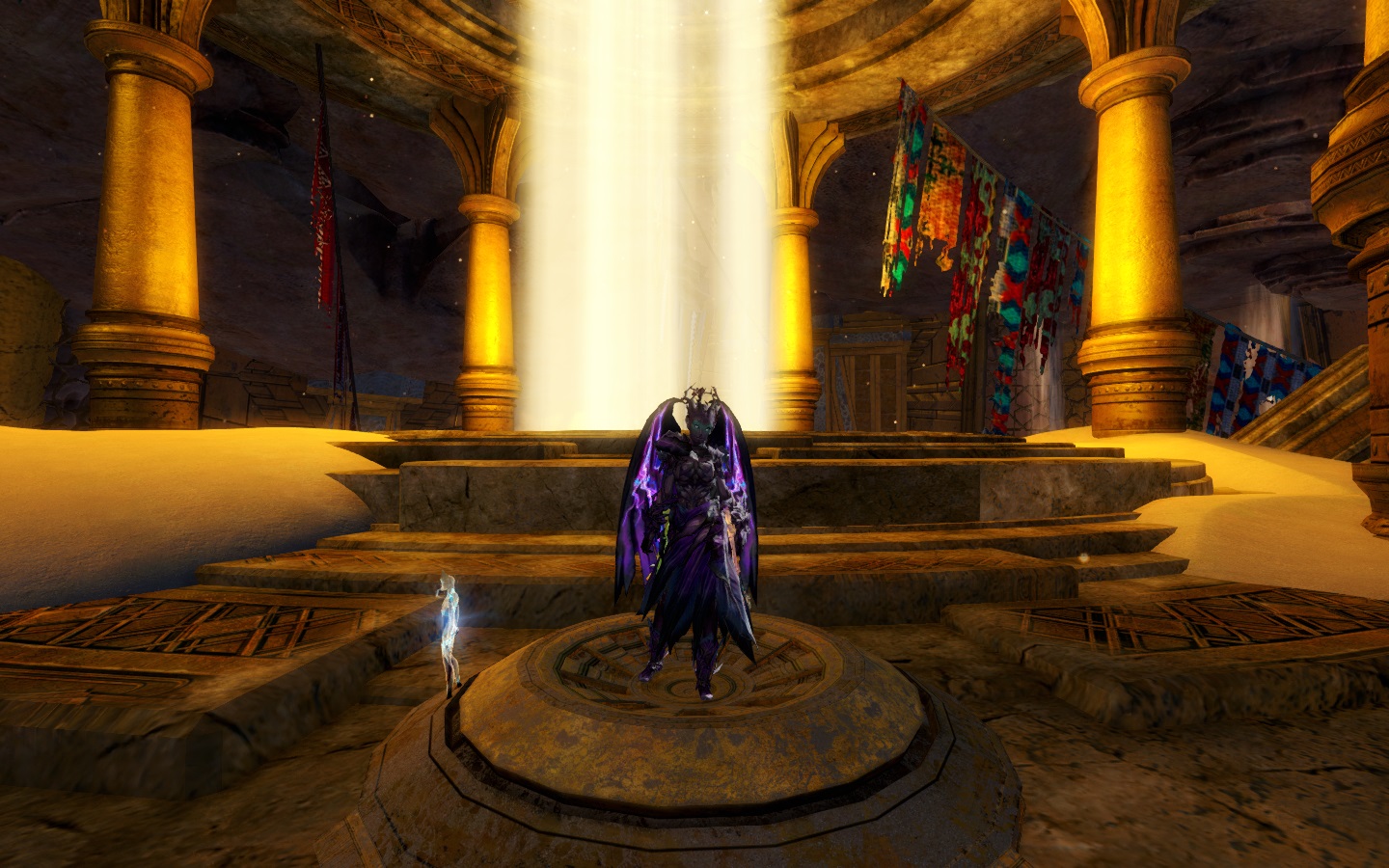
Over to you!
I can totally see why players were so up-in-arms over the cost and implementation of the mount adoption licence, and I really do hope that such coveted items are never gated in such a way again. The unique combination of such a relevant, highly requested item with a heavy RNG purchase mechanic just when players were objecting the most to such tactics was a poor move by ArenaNet that has not yet been fully smoothed over by PR and compromise, but at least moving forward we know that we can expect solo special mounts and bundles at clear — if high — price points.
What’s your take on lootbox mechanics? Which lootboxes fly under your radar as passable or even good value, and which cause you anger? What did you make of mountgate? Let me know in the comments below.
 MMOs are composed of many moving parts, but Massively’s Tina Lauro is willing to risk industrial injury so that you can enjoy her mechanical musings. MMO Mechanics explores the various workings behind our beloved MMOs. If there’s a specific topic you’d like to see dissected, drop Tina a comment or send an email to tina@massivelyop.com.
MMOs are composed of many moving parts, but Massively’s Tina Lauro is willing to risk industrial injury so that you can enjoy her mechanical musings. MMO Mechanics explores the various workings behind our beloved MMOs. If there’s a specific topic you’d like to see dissected, drop Tina a comment or send an email to tina@massivelyop.com.
